Know before you go
Things to know when visiting Western Canada
Best time to visit
There are a lot of things to consider when choosing the right time to visit Western Canada. If you want to make the most out of your stay the summer months (July - September) have the best weather. It almost never rains and the temperatures are around 25 C / 77 F on average. Most hikes will still have snow and can be wet and slippery plus many lakes might still be frozen earlier in the season.
Summer also means wildfire season and air quality can get really bad for outdoor activities. If you are not planning any high elevation hikes, June can be a very nice month to visit as school summer holidays haven't started yet so it will be less busy and expensive.
My personal favourite to visit the Rocky Mountains is late October - early November. The lakes haven't frozen over yet and you can find a dusting of snow on the trees - a magical experience.
Winter (December to February): Expect cold temperatures and snow in many regions. Ideal for skiing, snowboarding, and snowshoeing. Pack thermal layers, waterproof outerwear, and gear for winter sports.
Spring (March to May): Weather can be unpredictable, with melting snow and muddy trails. It’s a great time for hiking as flowers begin to bloom and wildlife becomes more active.
Summer (June to August): Warm temperatures and longer daylight hours make it perfect for hiking, kayaking, and camping. Be prepared for bugs like mosquitoes and bring sun protection.
Fall (September to November): Experience stunning autumn colors and cooler temperatures. This is an excellent time for hiking and enjoying the changing foliage. Be prepared for early snow in some areas.
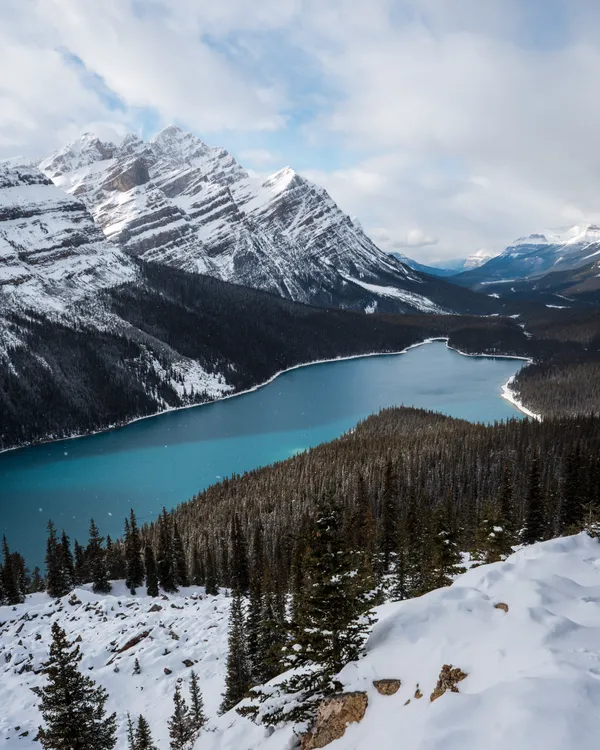
Wildlife in Canada
Canada's diverse landscapes are home to formidable wildlife, including bears, cougars, and wolves. American black bears are widespread but less aggressive, while grizzly bears and polar bears are larger and can be more dangerous, especially if surprised or provoked.
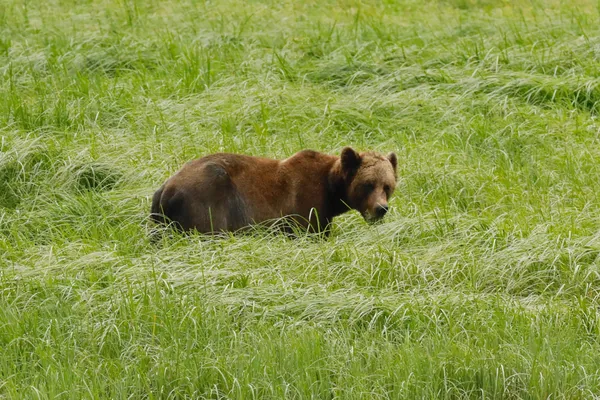
Cougars, elusive yet powerful predators, can pose risks if they feel threatened. Although wolf attacks on humans are rare, caution is still advised. When exploring these wild areas, always follow safety guidelines, carry bear spray, and be mindful of wildlife to ensure a safe and enjoyable experience.
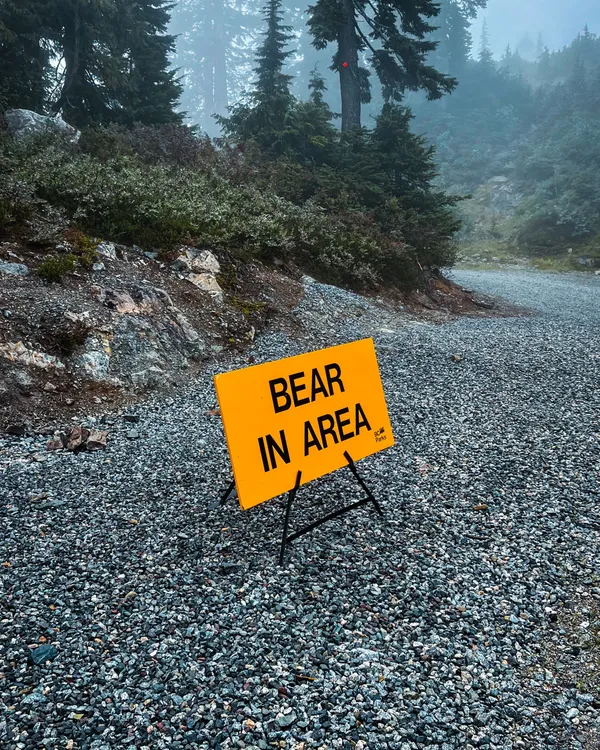
Encountering a bear in the wild can be intimidating, but knowing how to react can help keep you safe. Here’s a quick guide on what to do:
1. Stay Calm: Avoid panicking. Bears often react to sudden movements or loud noises.
2. Identify Yourself: Speak calmly and slowly to let the bear know you are human and not a threat. This helps the bear understand that you are not prey.
3. Do Not Run: Running may trigger the bear’s chase instinct. Instead, back away slowly and deliberately while keeping an eye on the bear.
4. Make Yourself Look Bigger: If the bear is approaching, try to appear larger by raising your arms or holding up any objects you have. If you're with others, stand close together.
5. Carry Bear Spray: If you’re in bear country, carry bear spray and know how to use it. This can be a highly effective deterrent in case of a close encounter.
6. If a Bear Charges: Stand your ground. Bears often charge as a bluff and will stop before making contact. Use bear spray if the bear gets within 30 feet.
7. If a Bear Attacks:
For Black Bears: Fight back using any available objects or your fists. Aim for the bear's face and eyes.
For Grizzly Bears: Play dead if the bear makes physical contact, especially if it’s a defensive attack (e.g., a mother protecting her cubs). Lie on your stomach, cover your neck with your hands, and stay still.
8. Avoid Attracting Bears: Store food securely and keep a clean campsite to avoid attracting bears in the first place.
By following these guidelines, you can significantly reduce the risk of a negative encounter with a bear and ensure your safety in their natural habitat.
Hiking and Backpacking
Some trails and almost all overnight camping adventures require a permit. Visit the BC Parks website for Provincial Park permits or the Parks Canada website for staying in National Parks. Reservations fill up super fast so make sure to plan ahead. Sometimes you can sneak a last minute spot if you are lucky so keep checking the websites regularly.
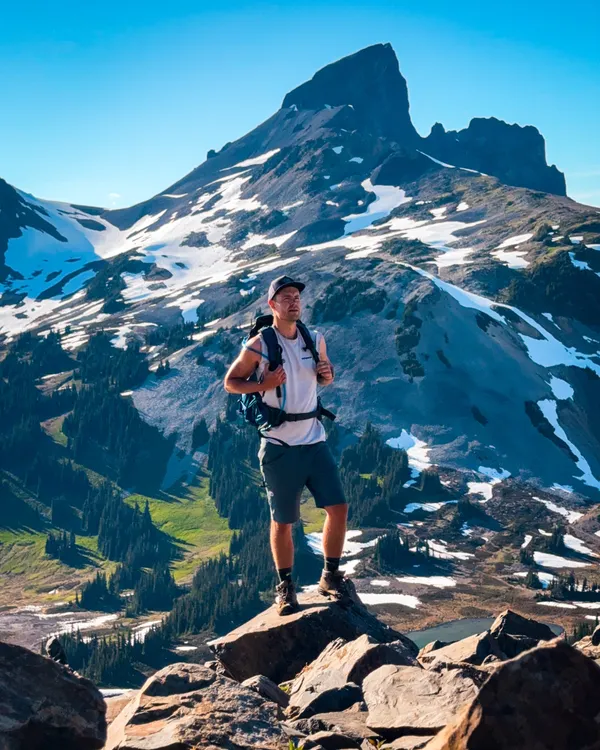
Trail Preparation: Research trails ahead of time, including difficulty level and length. Popular areas include Banff and Jasper National Parks, the Pacific Crest Trail, and the Bruce Trail.
Gear: Wear appropriate hiking boots, carry a map or GPS, and bring plenty of water. A first aid kit, layered clothing, and bear spray (in bear country) are essential.
Leave No Trace: Follow principles to minimize your impact on the environment. Pack out all trash and stick to established trails.
Camping Permits: Many national and provincial parks require permits for camping. Book in advance, especially for popular sites.
Gear: Invest in a high-quality tent, sleeping bag, and portable stove. Be prepared for varying weather conditions and wildlife encounters.
Safety: Know how to properly store food to avoid attracting wildlife. Always follow local regulations regarding campfires and wildlife safety.
Water Activities
Kayaking and Canoeing: Canada offers world-class kayaking and canoeing experiences on lakes and rivers. Popular spots include the Bow River, Algonquin Park, and the Yukon River.
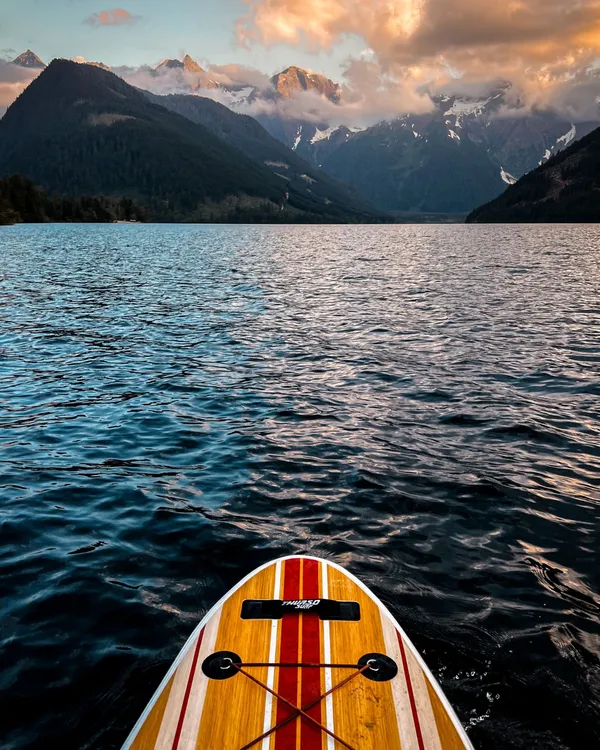
Fishing: Whether you’re fly fishing in the Rockies or ice fishing in the winter, Canada’s waters are rich with fish species. Obtain the necessary fishing licenses and check local regulations.
Swimming: While some lakes are warm enough for swimming in summer, others may be cold year-round. Always check water safety advisories and be aware of local wildlife, such as bears.
Skiing and Snowboarding
Resorts: Canada boasts top ski resorts like Whistler Blackcomb, Banff, and Mont Tremblant. These resorts offer a range of slopes for all skill levels. Vancouver has 3 ski resorts that also offer night skiing. Cypress, Seymour and Grouse Mountain. Keep in mind that skiing is very expensive in Canada and day passes can range from 100 CAD up to 300 CAD in Whistler.
Equipment: Ensure you have appropriate winter sports gear, including skis or a snowboard, poles, and helmets. Rental options are available at most resorts.
Avalanche Safety: If skiing or snowboarding in backcountry areas, take an avalanche safety course and carry essential equipment such as a beacon, probe, and shovel.

